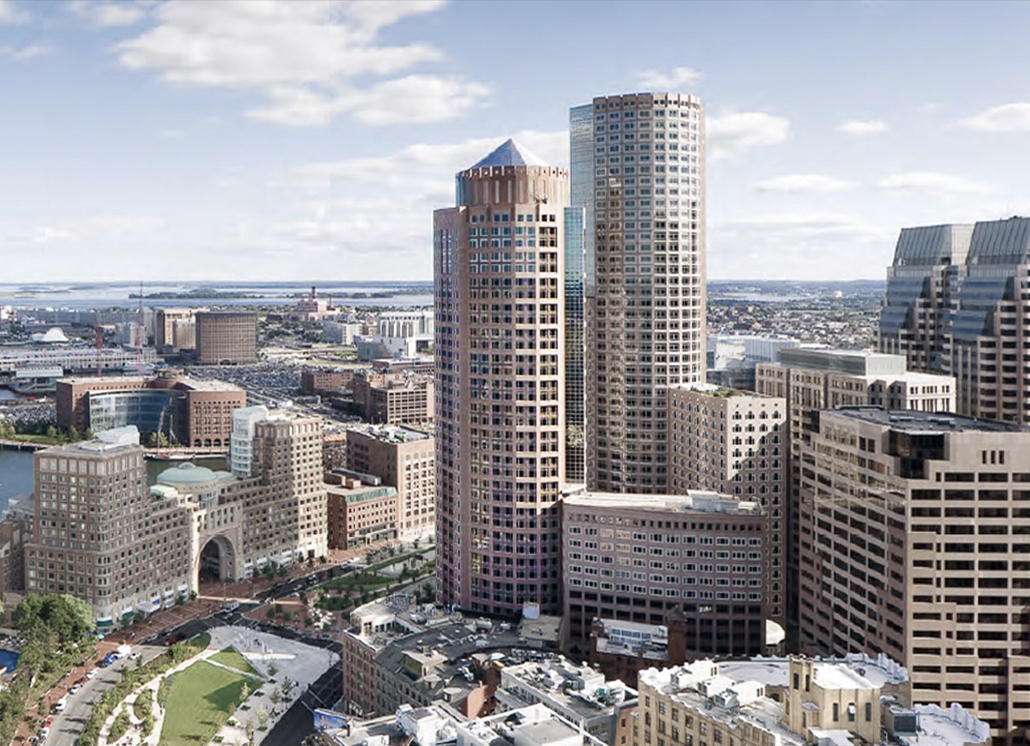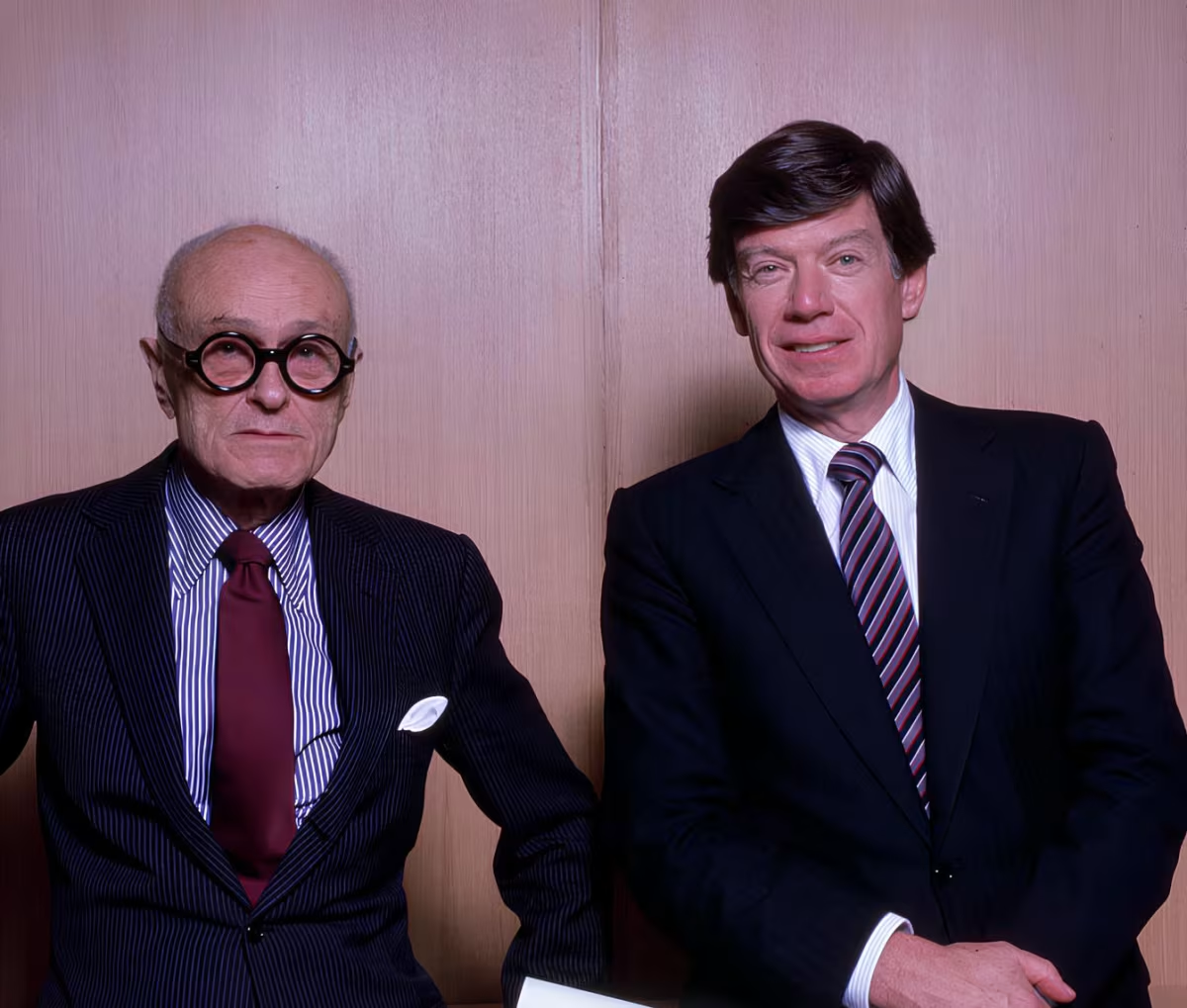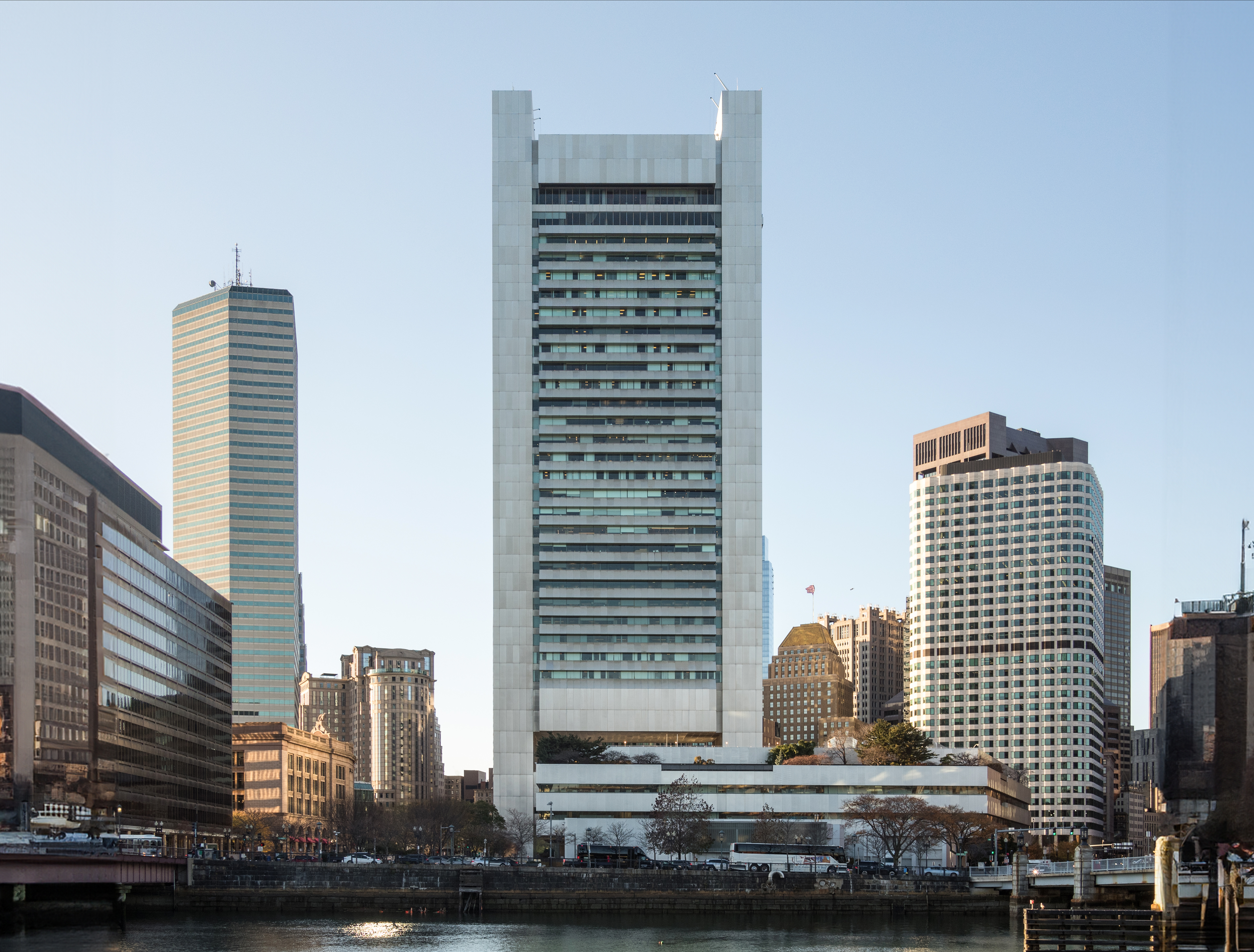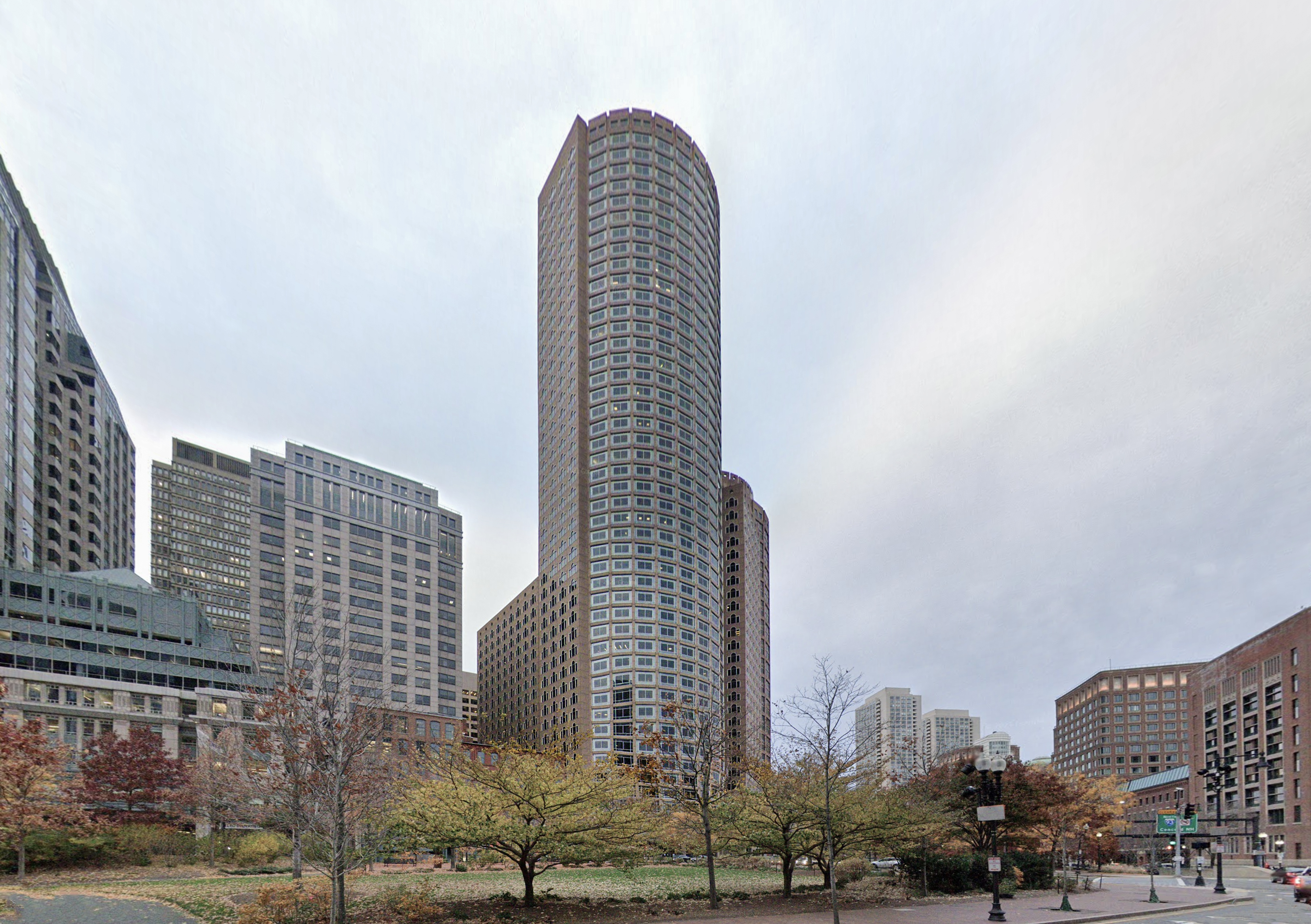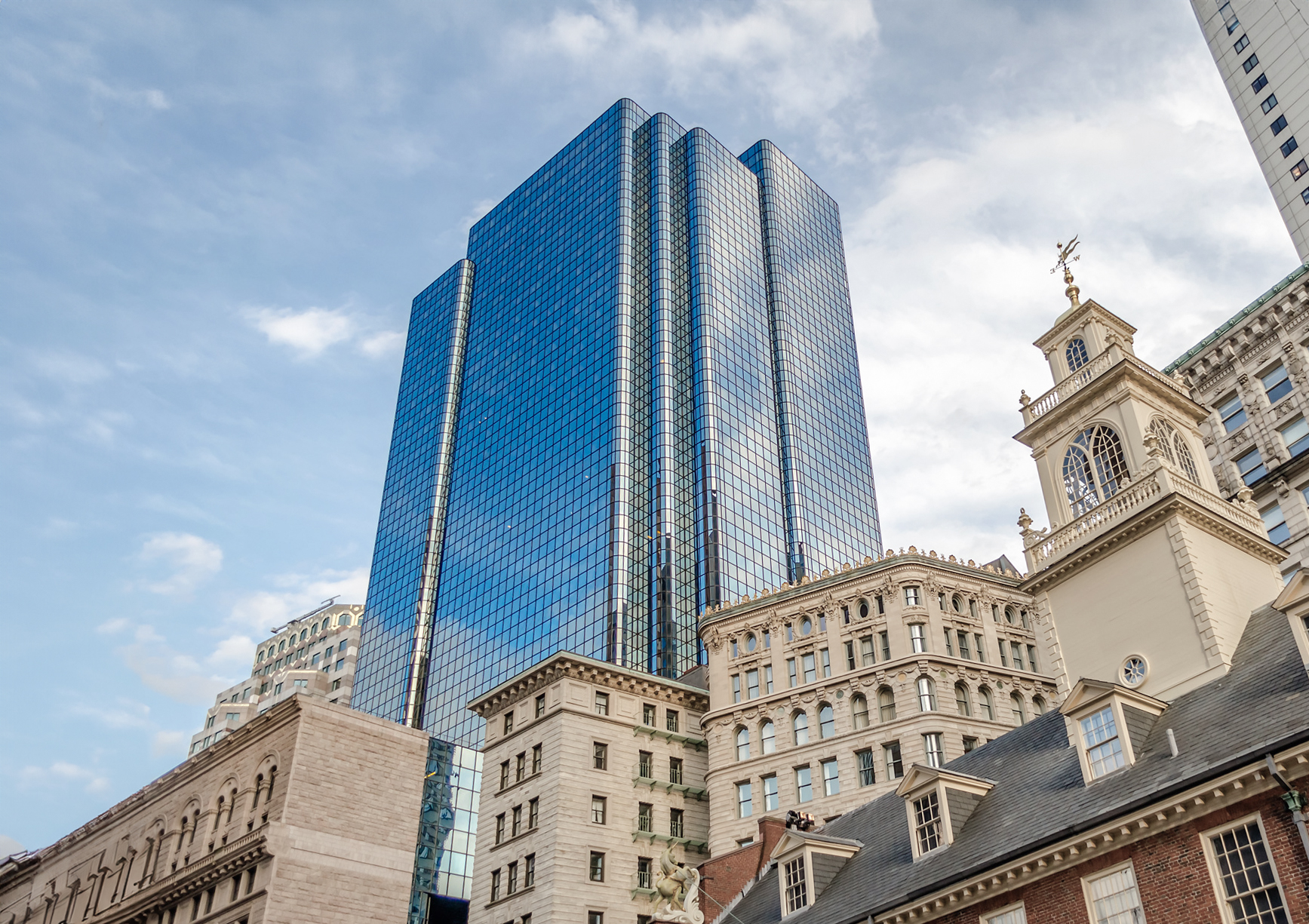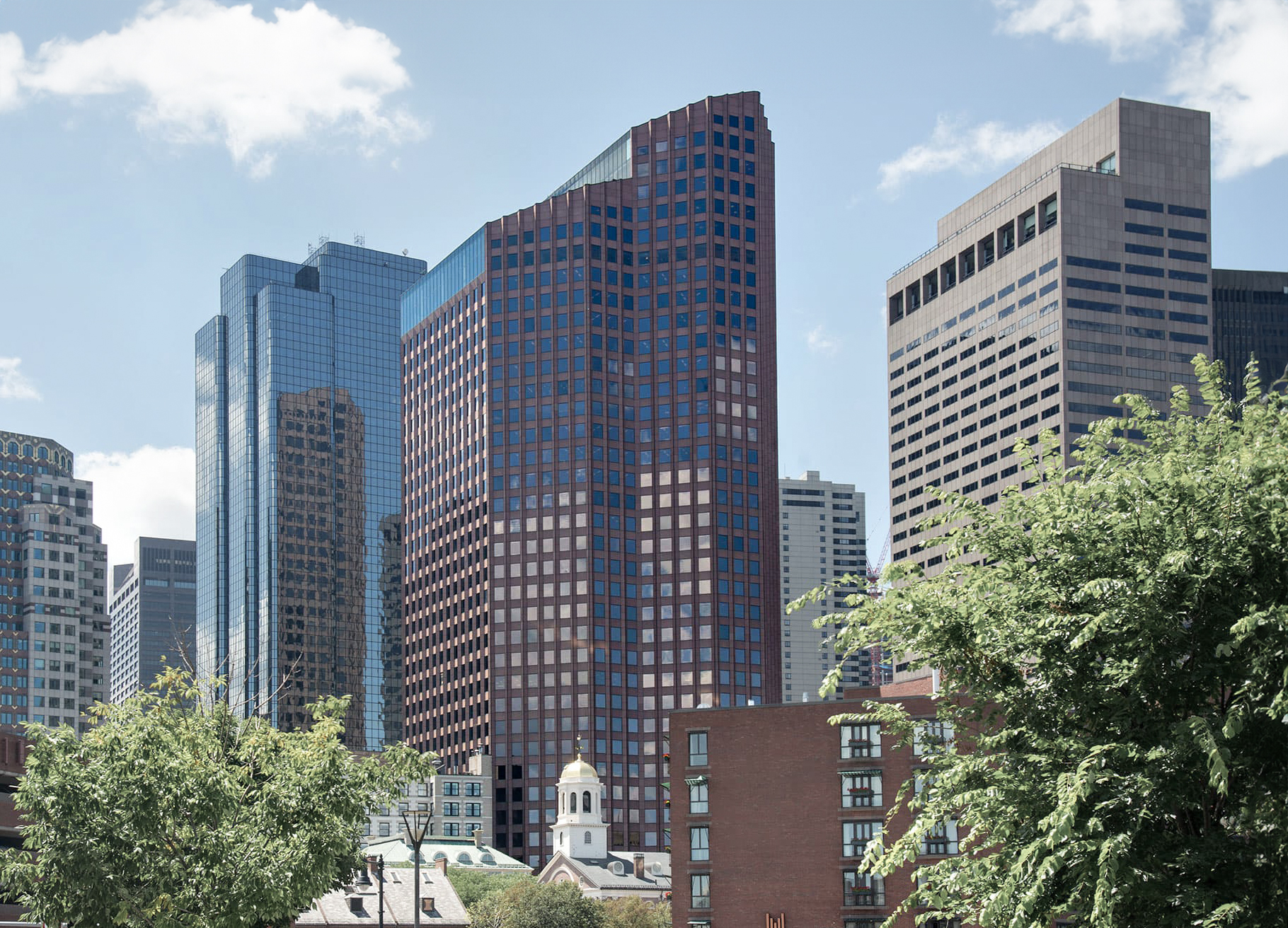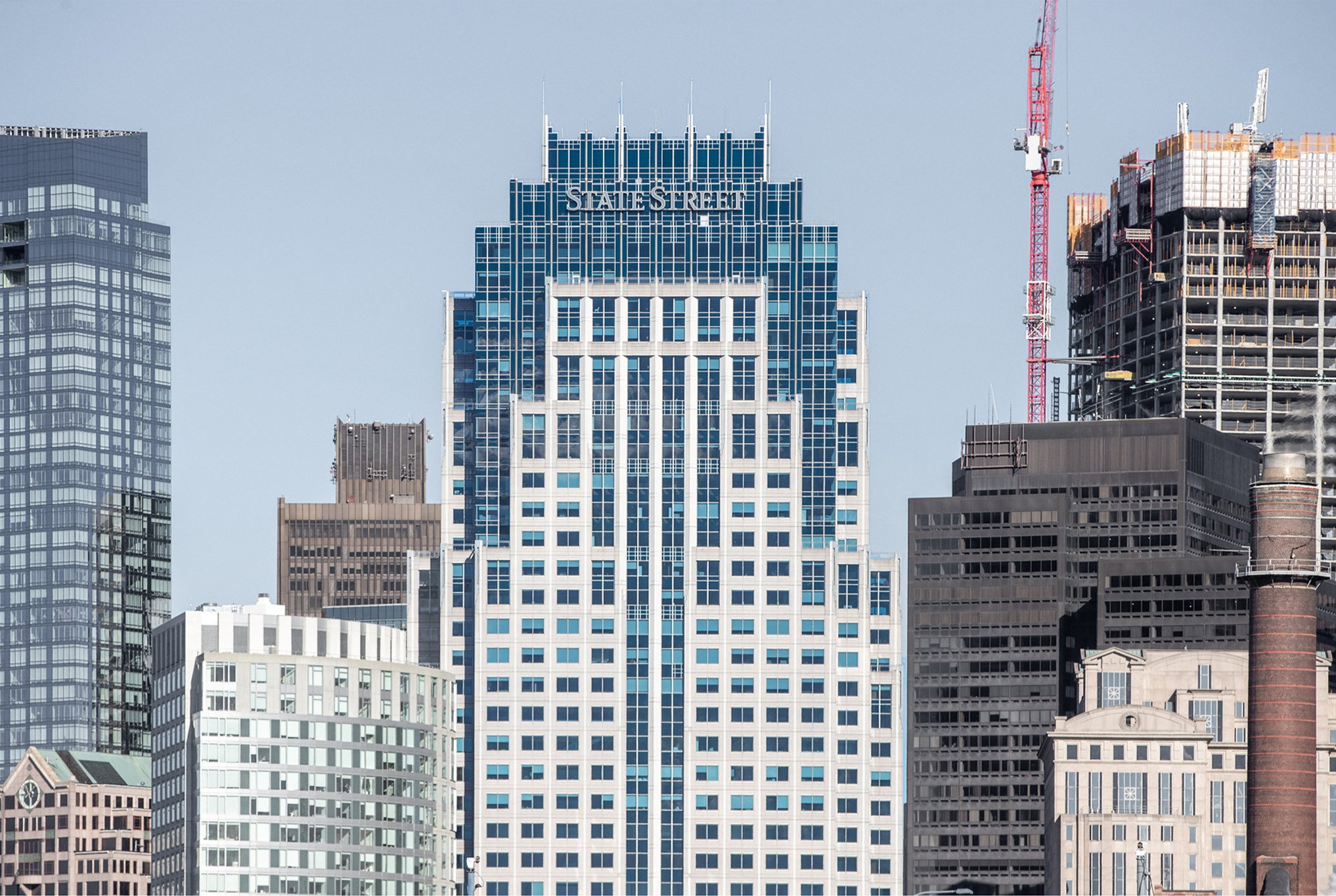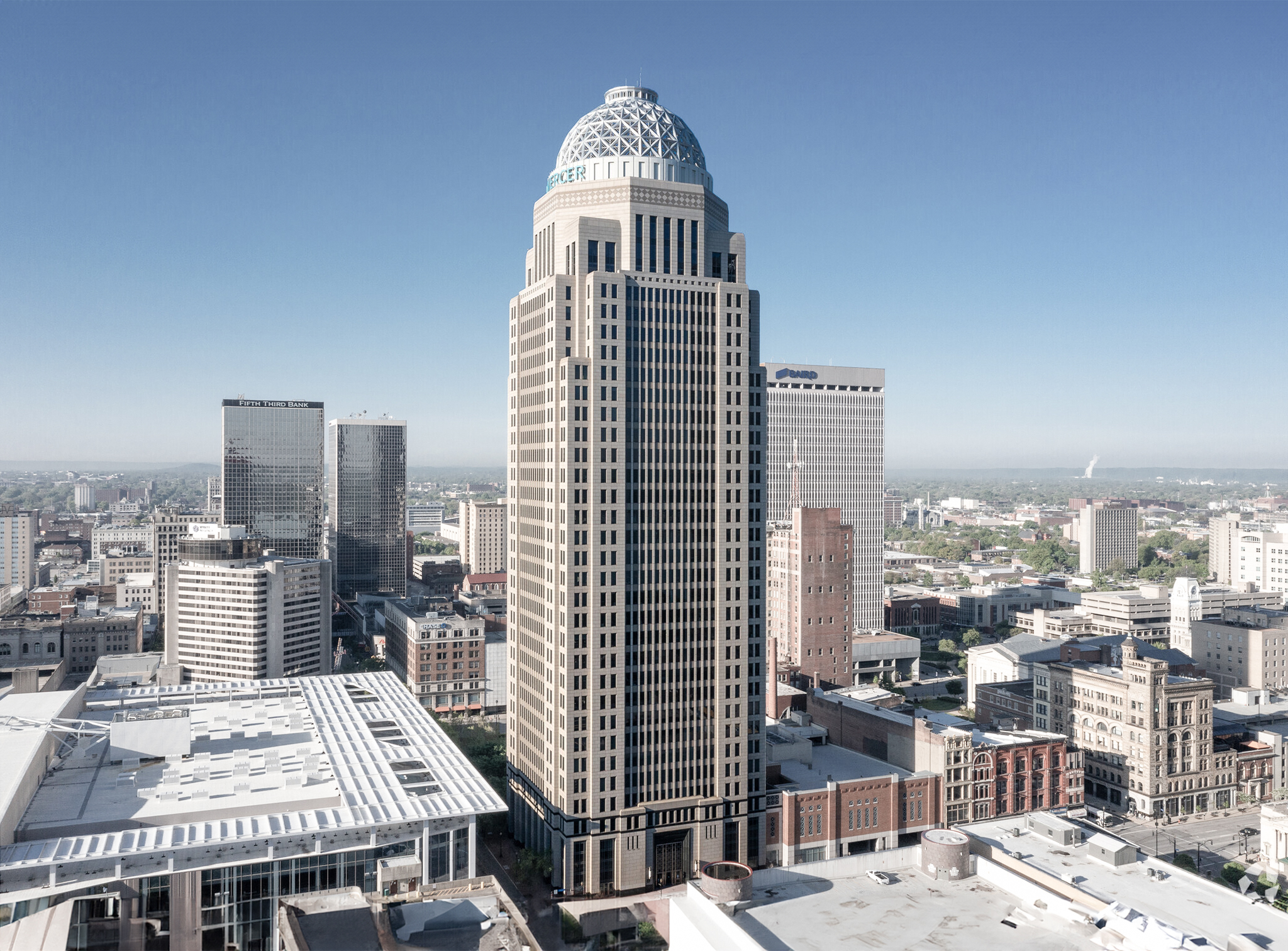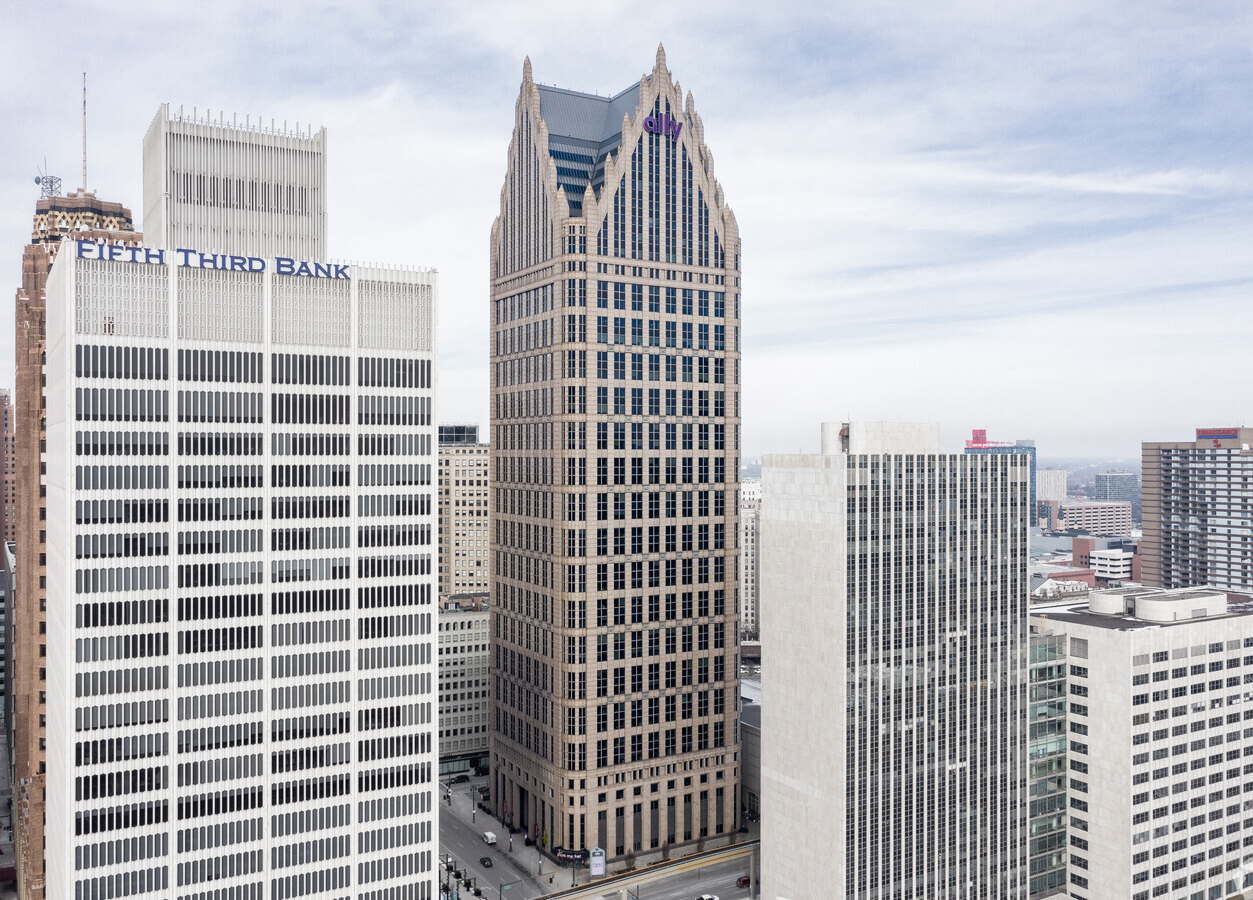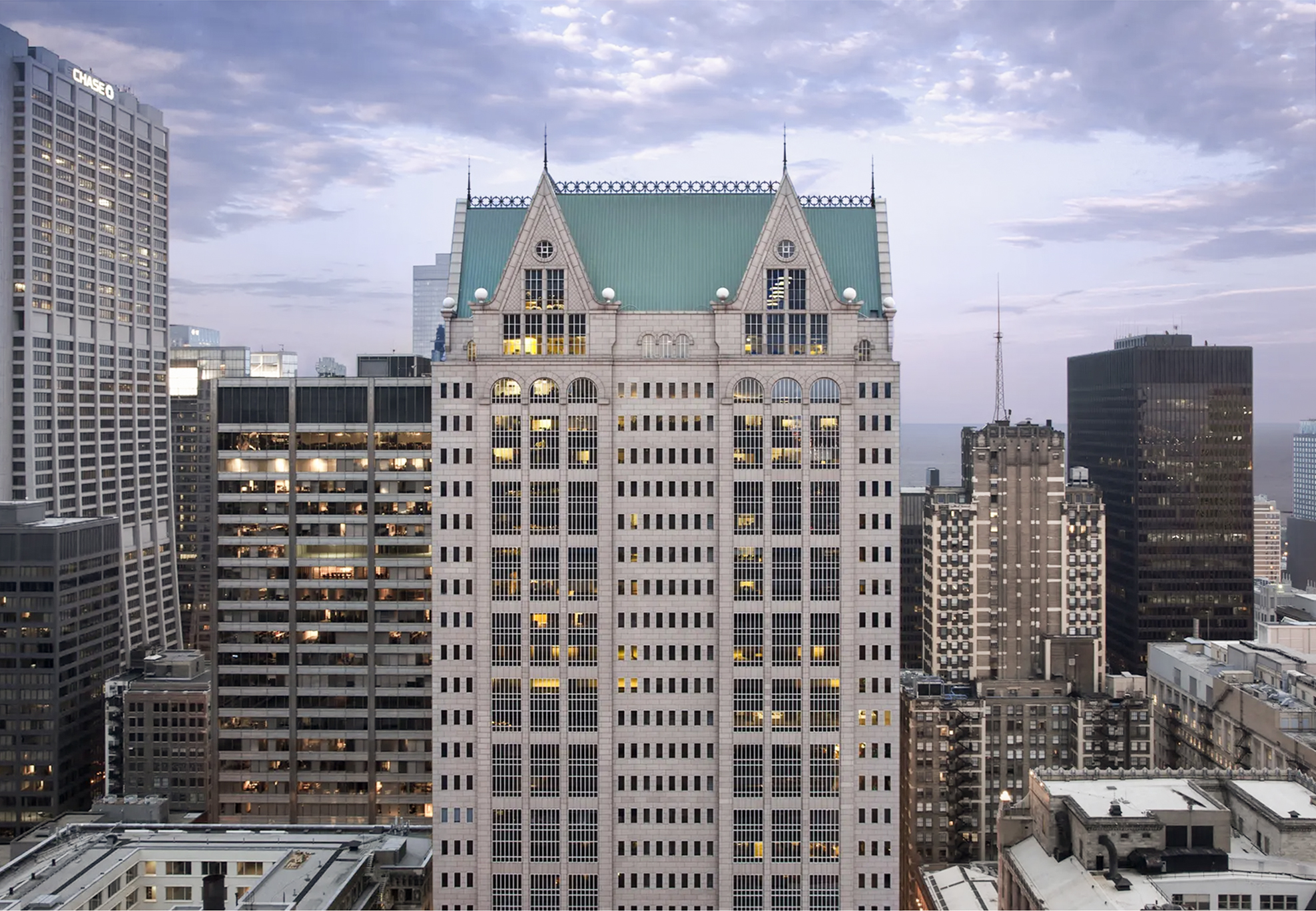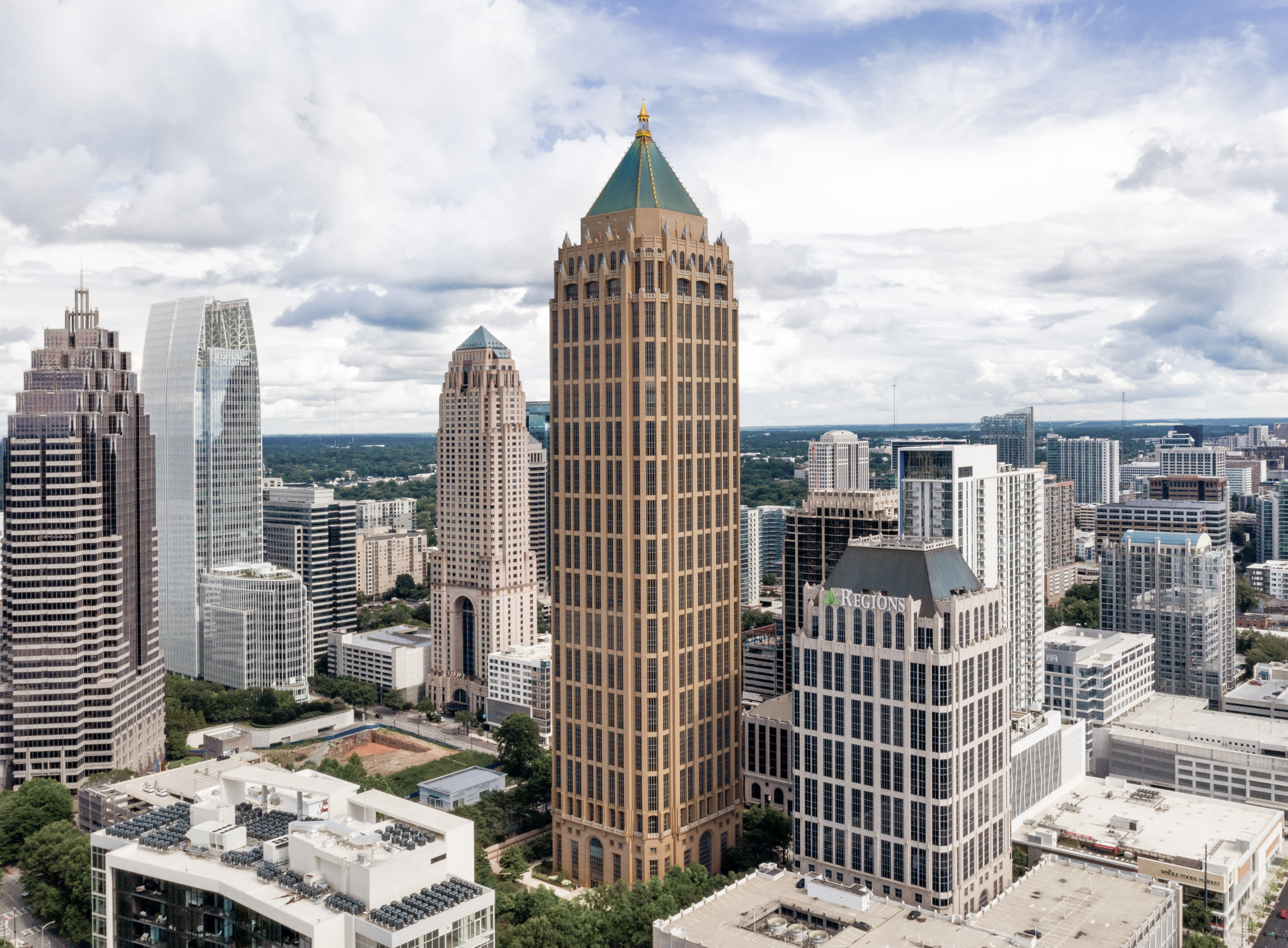The Two International Place Building is a Postmodernist skyscraper designed by Johnson/Burgee Architects, and built between 1987 and 1992 in Boston, MA.
Its precise street address is 2 International Place, Boston, MA. You can also find it on the map here.
The building is comprised of a 35-story tower and a 13-story annex. It is one of the towers in a five-structures complex. The Two International Place is linked to One Internacional Place by a fountain court and winter garden.
The building underwent a major restoration in 2023.
